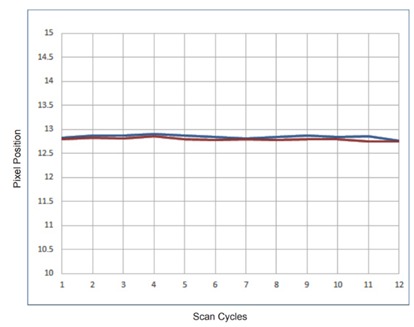T2 Neptune Optical Emission Spectrometer
T2 Neptune Optical Emission Spectrometer is most suitable instrument for the determination of various elements in different matrices (Fe, Cu, Al, Ni, Co, Mg, Ti, Zn, Pb, Sn, Ag, etc). It is an economical and easy solution to quick analysis near the furnace, metal material quality analysis, research laboratories and metal grade identification This also gives the user a truly economical spectrometer that’s both easy to use and easy to space saved. The optical system uses a CMOS detector with a spectral range covering all typical materials. It can accurately and reliably analyze from low-level elements to high-content elements.
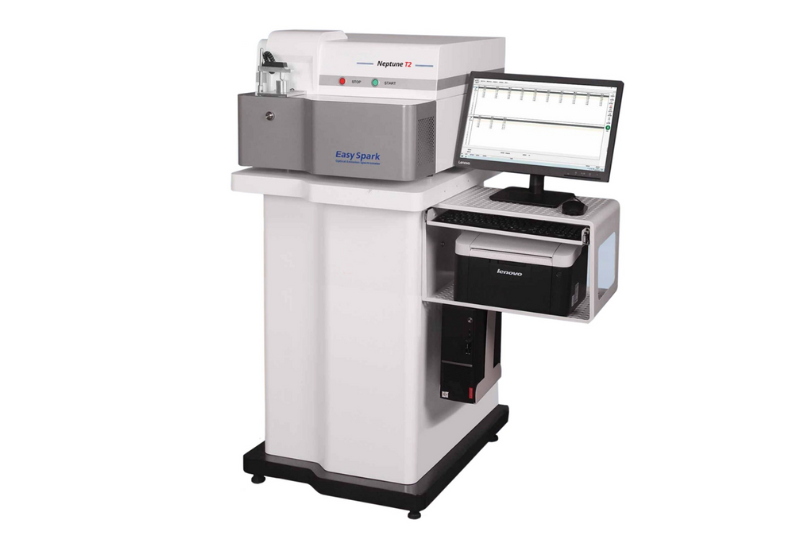
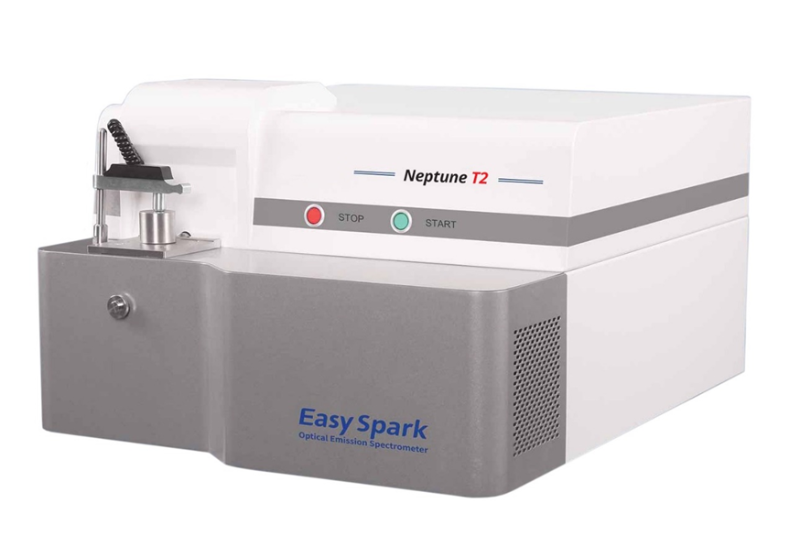
Main features
Optimized vacuum optics system
Full Digital Inspire Light Source
Functional design excitation device
Advanced vacuum system
Highly integrated and direct reading system
Visual and easy-operate analysis software
Technical Features:
Optical System
Detection of base Fe,Al,Cu,Ni,Ti,Co,Zn,Sn,Mg,Pb etc
Par type Paschen-Runge structure full spectrum of the optical system.
Multiple high-performance CMOS detectors.
Integration of optical chamber forming, dynamic Romanian archives park installation, resistance to environmental temperature changes.
Light vacuum chamber designed to ensure the C, S, P, N to achieve the best performance.
Ray room temperature control, constant temperature of 35℃.
Direct MgF2 lens optics technology and materials to ensure the best energy C, S, P, N ultraviolet wavelengths.
Sample excitation station
Integrated manifold, injection electrode technology.
Optimization of argon gas circuit design ensures effective cooling station excite and motivate metal dust generated in the process effectively into the filter. the sample excitation is more stable, and greatly reduce the body's intake of metal dust, help protect the operator health and safety.
Smaller excitation space, argon gas consumption less.
Easy to use sample holder.
With the function of the electrode should sweep, longer service life, easy cleaning electrode
13 mm aperture stimulate a more conducive sample analysis.
Open sample excitation table can be adapted to a variety of sizes, shapes analyse more samples (with cable).
SLR Lens device design, the general staff can facilitate the maintenance of the excitation and lens cleaning.
Excitation light source
New adjustable digital light source, the highest frequency up to 1000Hz.
High energy prediction technology (HEPS).
Optimized design of the control and power circuits, improve security features excite
Provide the best analysis for different target spark, an arc or a combination of excitation wave forms.
Discharge current: 400 A Max.
Data Acquisition System
High performance ARM data processor, with ultra high-speed data acquisition and control functions
High performance CMOS solid-state detection technology, spectrum bands within the full spectrum reception
FPGA and high-speed data communication technology, data is read into a powerful, test data is read as a whole a short time.
Analysis Software
CMOS-based multi-language Windows system full spectrum graphical analysis software, convenient and practical.
Comprehensive management control of the entire measurement process and provide users with powerful data processing capability and test report output capacity.
Instrument can be configured with multiple factory calibration curve and more material analysis and advanced solutions.
Software to achieve full spectrum of detection, intelligent deduction interference, buckle dark current, background and noise algorithms to improve analytical instruments.
Complete automatic system diagnostics.
Comprehensive database management functions can be easily query, summary data.
Intelligent correction algorithms to ensure stable and reliable instrument
Complete spectrum of information and interference deduction algorithm to ensure more accurate instrumental analysis.
Adapt to the latest Windows operating systems.
Cloud computing and reading system
The computer and mobile phone (or PAD) can be displayed simultaneously for easy panel operation.
High resolution multi-CMOS readout system and FPGA, DSP and ARM technology for data acquisition.
Ethernet and TCP/IP protocols, data transmission is fast and reliable. Data can be transmitted remotely and fully networked. Real-time monitoring and control of the operating state of the instrument.
Data can be cloud printed.
Dedicated spectral analysis software
The international spectrometer produces a standard dedicated spectrometer software with user-friendly interface and standardized functions.
The instrument is equipped with multiple factory calibration curves and more material analysis methods and advanced solutions in the software.
The upper and lower limits of the standard curve can be extended on site according to the material requirements of the user.
The instrument and software computing power is powerful
Automatic optical path calibration
Low argon consumption
Universal adjustable sample adapter
Base extension
Standardized parameter modification
Type standardization function
Safer, more open and convenient design
The result is displayed in real time, and the print report function can be customized for the user.
Software rapid diagnosis
Simple interface operation
Reliable factory calibration
New ResXtreme Spectral Deconvolution Technology
ResXtreme improves spectral resolution and peak intensity of spectral lines by up to 60%, with an overall improvement in spectral uniformity of 60% at all CCD positions.
Significantly improving signal-to-noise, ResXtreme is included as standard with all SpectraPro HRS systems, ensuring optimal spectral results.
- 60% improvement in spectral resolution and SNR
- Astigmatism-corrected optical system
- Interchangeable grating turrets
- Calibrated with IntelliCal system
- Optimised for multi-detector operation
ResXtreme uses powerful spectral 2D deconvolution to improve spectral resolution and signal-to-noise capabilities
In this example, spectral resolution improves from 0.0934 nm to 0.0615 nm after ResXtreme.
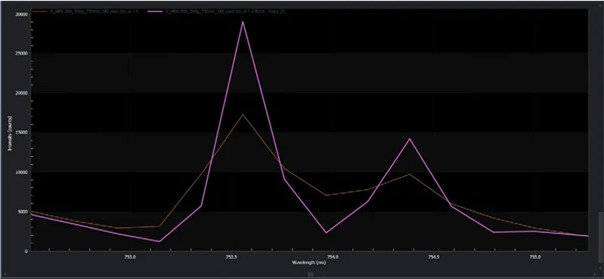
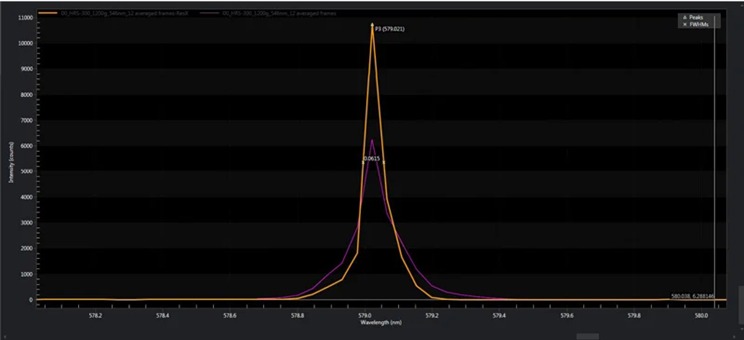
AccuDrive™
AccuDrive™ software is able to automatically identify the turret and gratings installed on start-up performing several optical alignment routines to ensure accurate initialization.
This allows for an improvement in wavelength accuracy and repeatability, outperforming typical scanning systems in accuracy and reproducibility.
